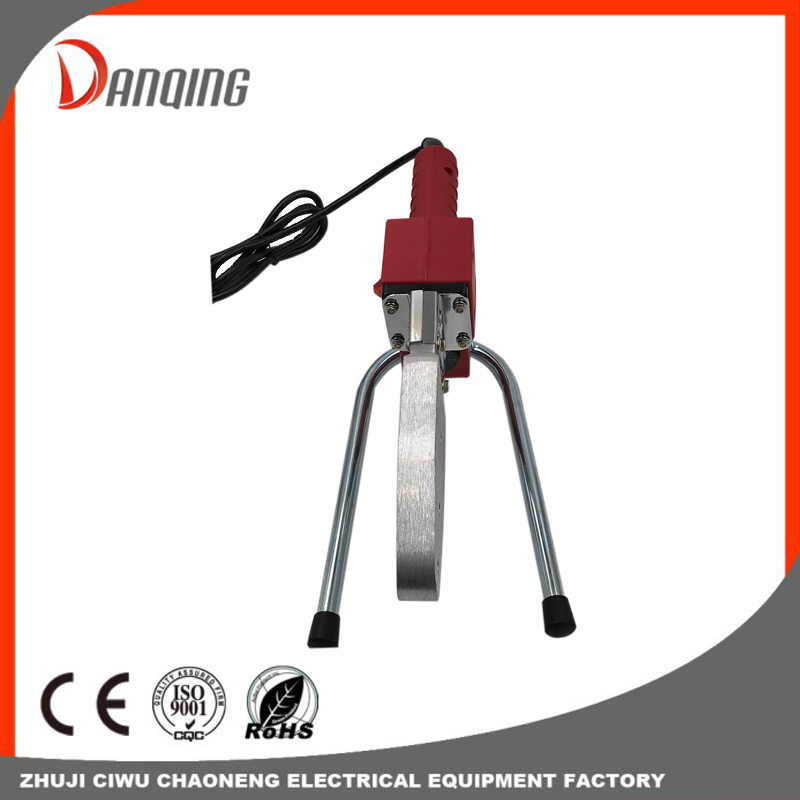General situation and process requirements of plastic welding technology
I. Overview Plastics are non-metals, man-made organic m […]
I. Overview
Plastics are non-metals, man-made organic materials, and are mainly composed of one or more polymers with large molecular weight. The direct product of plastic is a solid or liquid resin, which is usually processed into a plastic masterbatch formed in powder, granular or paste form, and a certain amount of additives are mixed therein, and then under higher temperature or pressure conditions It is processed into plastic profiles or plastic products. Its holding points are light weight, high specific strength, good corrosion resistance, convenient forming, low cost, short manufacturing cycle, etc. Most plastic materials are combustible, and their expansion coefficient is about 4 times that of steel.
According to the chemical composition, behavior and temperature effect of plastics, they are usually divided into two categories: thermoplastics and thermosetting plastics. The welding of plastics actually refers to the welding of thermoplastics; thermoplastics can also be divided into crystalline and amorphous plastics. Since the crystallization of plastics is incomplete, crystalline plastics are often called semi-crystalline plastics (such as PE, PP, PA, POM, etc.), while amorphous plastics are also called amorphous plastics (such as PVC, PS). , PMMA, PC, ABS, etc.), amorphous plastics are usually easier to weld than crystalline plastics. According to the output and application, plastics can be divided into general plastics (referring to plastics with high output and low prices), engineering plastics (referring to good strength, rigidity, toughness, high temperature resistance, chemical corrosion resistance, radiation resistance, etc.) ) And functional plastics (plastics that can meet special functions and requirements). Generally speaking, plastic welding is not difficult. This article mainly focuses on hot gas welding.
Second, plastic welding
Thermoplastic welding is usually carried out in five steps: ①Surface preparation, surface preparation is very important, because most molded plastic products have a layer of release agent or dirt on the surface, which must be cleaned up to make the welding proceed smoothly. ② Heating, there are many heating methods, which is also the main basis for distinguishing different welding methods. ③Pressure, the methods of applying pressure are: manual pressurization, press pressurization, automatic clamp pressurization, etc. Embossing is usually carried out at the same time during welding. ④Diffusion or welding, the liquid-liquid interface _ once established, diffusion proceeds immediately; for crystalline or semi-crystalline materials, diffusion is almost instantaneous; for amorphous materials, if the heating temperature is slightly higher than the melting point, the diffusion time will be very long. long. ⑤Cooling, the last step of plastic welding is the cooling of the weldment and the solidification of the joint. The welding pressure must be maintained until the plastic welded joint has not reached the strength and rigidity sufficient to support the entire weldment.


